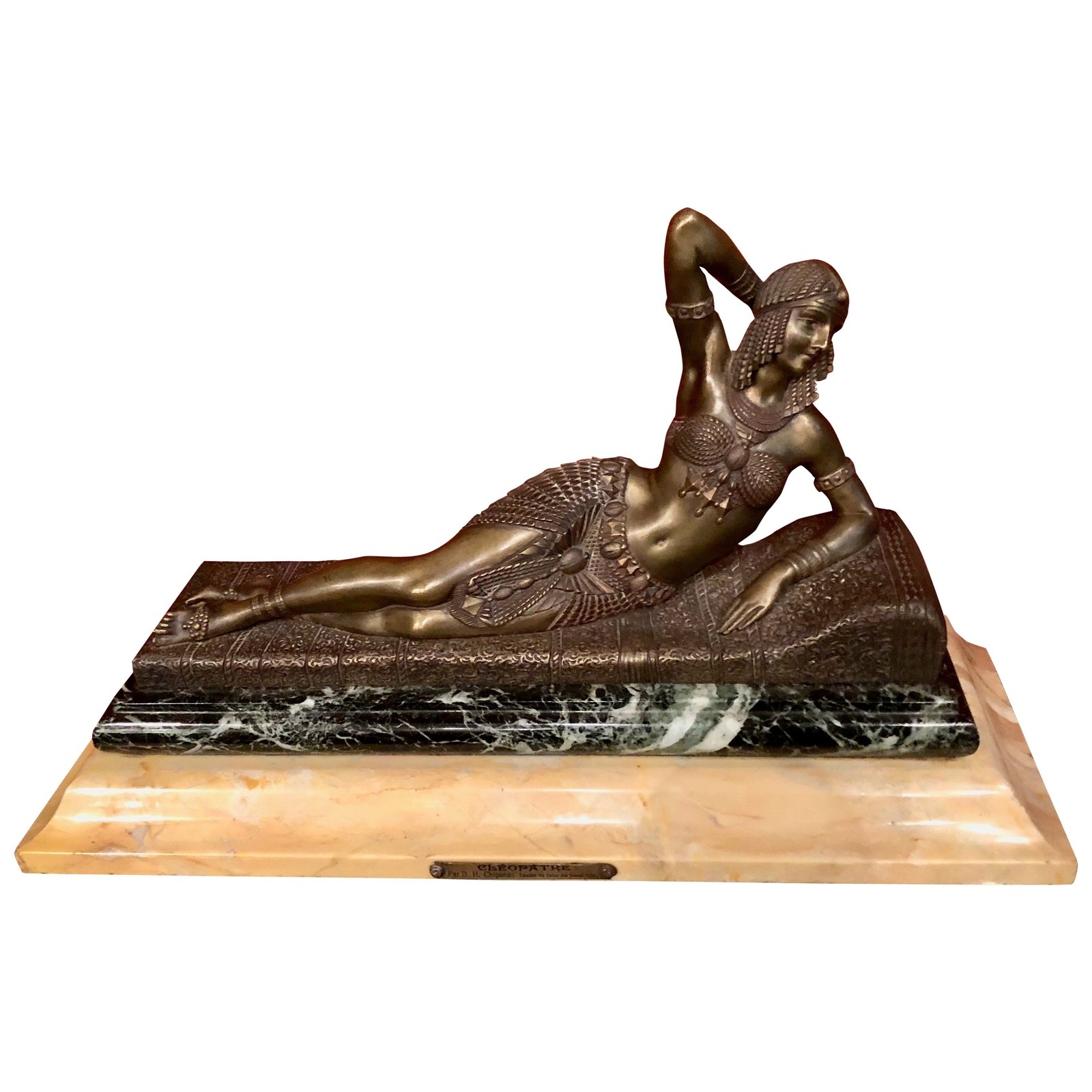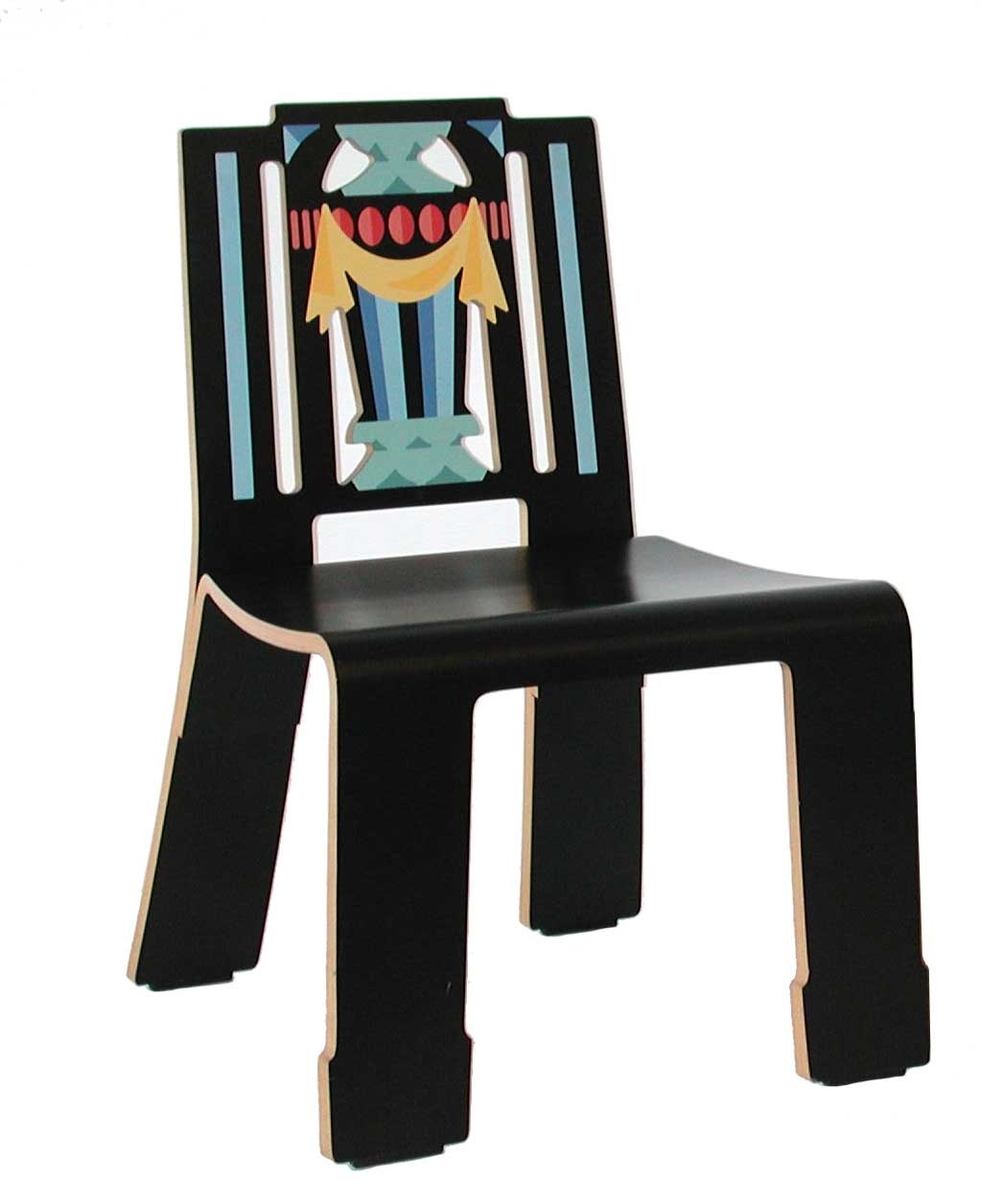Camp Is Not Just Fashion—It's Design
In honor of the Metropolitan Museum's new exhibition, "Camp: Notes on Fashion," we look back at design's most flamboyant moments
May 6, 2019
Salvador Dalí's "Mae West" lips sofas at Monkton, the former home of Edward James. Photo by Elizabeth Whiting & Associates / Alamy Stock Photo
Camp is suddenly all the rage.
As the topic of the Metropolitan Museum’s ingenious new exhibition at the Costume Institute, "Camp: Notes on Fashion"—a witty nod to Susan Sontag’s groundbreaking 1964 essay, “Notes on Camp”—the word still defies easy explanation. But the likelihood is that when you see it, camp will make you smile.
Beyond fashion, camp’s rich legacy in the decorative arts includes raised-eyebrow reevaluations of Art Nouveau to the Italian Radical Design Movement, with many guffaws—some intended, some not—in between.
Decorative objects made in earnest and rapturously received at the time of their creation—like a 19th-century Meissen porcelain clock adorned with cherubim and pansies—were perceived by some as preposterously gauche by the 1960s, making them eligible to be embraced as hilariously camp. New York antiquarian R. Louis Bofferding, observes, “Camp is a modern concept that evolved from people in the 1950s taking sophisticated positions on objects that were deemed amusing by intellectuals at the time.”
Derived from the French se camper (“to pose in an exaggerated fashion”), the word first appeared in print in 1907 in the Oxford English Dictionary, where it was described as “ostentatious, exaggerated, affected, theatrical; effeminate or homosexual.” But straightlaced Modernists dabbled in the movement too. In the early '30s, the eccentric French-born interior designer Carlos de Beistegui, commissioned Le Corbusier to design a penthouse on the Champs-Élysées, where they installed an 18th-century commode, a formal fireplace, and Venetian grotto chairs. “It was provocative and postmodern before the term existed,” says Philippe Garner, the former Christie’s decorative arts expert. It was also playfully camp. “That ironical probing is central to the spirit of Camp,” he adds.
Quoted in The New York Times, Andrew Bolton, the perennially cheerful and tongue-in-chief British curator who conceived the Met exhibition, says we are in the midst of a golden age of camp: “Whether it’s pop camp, queer camp, high camp, or political camp—Trump is a very camp figure—I think it’s very timely.”
The question remains: How long will it take for camp itself to dwindle into cultural insignificance and ignominy, only to be welcomed back, perhaps in the next another millennium, as the dernier cri of chic amusement? For the moment, however, AD PRO looks back at design's most flamboyant moments to prove that camp is in the wink of the beholder.
Crab-Form “Grotto" Chairs, Attributed to Pauly et Cie, c. 1890. Photo courtesy 1stdibs
Crab-Form “Grotto" Chairs, Attributed to Pauly et Cie, c. 1890
A bold response to the aristocratic 19th century fashion for designing entire rooms to resemble grottos, Venetian grotto furniture like these outlandish crustaceans were prized as fashionably camp curiosities when Syrie Maugham and other tastemakers began deploying them in the 1920s.
Photo courtesy 1stdibs
"Four Seasons” Pendulum Clock, Meissen, 19th Century
This horological bonbon, crafted in the relentlessly cheerful Rococo style with posies of bright flowers, goes to town with its allegorical themes. It is crowned by Summer, who is coiffed with grapes and vine leaves, brandishing a brimming goblet of wine. Such precious detail could not be cherished for long; it fell from favor until embraced as irresistible camp a century later.
Photo by Dennis Cowley; Courtesy Cooper Hewitt, Smithsonian Design Museum
Dragonfly Table Lamp, Louis Comfort Tiffany, 1910-1920
Created in earnest and considered the apogee of sophisticated good taste at the time, such overwrought objects elicited howls of laughter from Manhattan sophisticates in 1964, when Susan Sontag designated Tiffany lamps as camp. Today they are prized collectors’ items.
Photo by Elizabeth Whiting & Associates / Alamy Stock Photo
"Mae West" Lips Sofa, Salvador Dalí, 1938–1939
An outré homage to tinseltown's tongue-in-cheek temptress, this playful Surrealist couch was designed to shock and amuse. Here, it is shown in-situ at Monkton, former home of Edward James. Now in the V&A Museum, it is deemed an iconic piece of 20th-century furniture.
Photo courtesy 1stdibs
Photo courtesy the Art Institute of Chicago
“Aesthetic Teapot," Royal Worcester Porcelain Company, 1882
A witty response to Oscar Wilde and the Aesthetic movement, which flourished in 1880s London, and to the sinuous flourishes of Art Nouveau, this dandified dispenser was flagrantly O.T.T. even before the O.E.D. cited camp for the first time in print in 1907 as “ostentatious, exaggerated, affected, theatrical; effeminate or homosexual.” Looking at it with a straight face remains a challenge.
Photo by DeAgostini/Getty Images
Throne chair, Carlo Bugatti, c. 1900
Designed in an African-inflected Art Nouveau style with a circular seat festooned with dense, tufted tassels, and asymmetrical mini totems, this exuberant assemblage could serve as a throne for a fashionable prince. Perceived as as risibly tacky in the 1960s, Bugatti-designed throne chairs are now a sought-after items at auction.
Photo by Bill Pierce/The LIFE Images Collection/Getty Images
Photo courtesy Knoll Archive
Photo courtesy Cooper Hewitt, Smithsonian Design Museum
“Consumer’s Rest,” Frank Schreiner, c. 1991
German artist and Stiletto Studios founder Frank Schreiner designed this “armchair” in 1983. This playfully satirical swipe at 1980s consumerism, with its chromed metal wires evoking a shopping cart, was clearly not designed for comfort.












